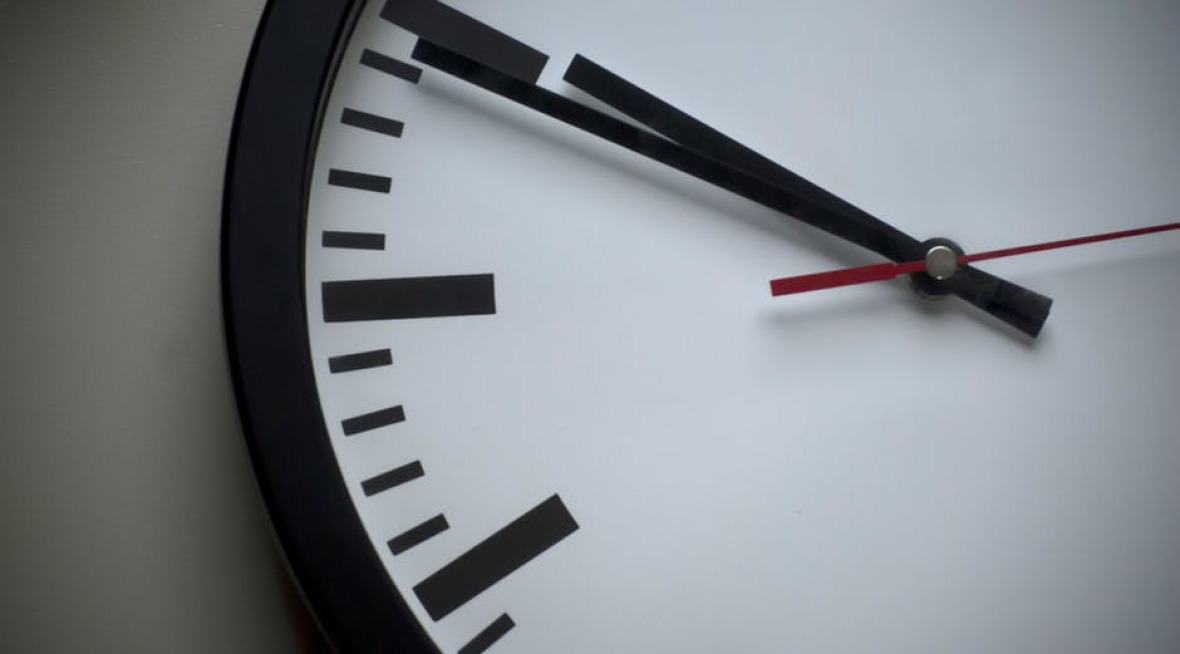The traditional 9 to 5 office structure is quickly becoming a thing of the past. Modern employees and the newest generation of workers, Millennials, are quickly discovering productivity is hard to be found in offices that adhere to a strict schedule. There are many reasons why productivity and traditional offices don’t go hand in hand, check out a few of the major ones below.
Our Natural Productivity Cycle
It isn’t natural to expect employees to sit in front of a computer for eight hours straight, five days a week. Out of an eight hour day, most employees are only productive for three of those hours at the most. After three hours of doing the same task, you can start to lose focus and motivation.
Yet the traditional 9 to 5 office structure is set up in a way that employees are expected to work for more than three hours straight, often with little to no breaks in between. It’s obvious that the more hours worked does not mean the more productivity that is happening.
Millennials are Changing the Game
A recent Millennial Branding report found 45% of Millennials will choose workplace flexibility over pay. And with the quick rise of Millennials in the workforce as the fastest growing number of employees, their opinions matter now more than ever.
Millennials value flexibility and freedom over a job title or big paycheck. And they may be onto something. Studies have shown that employees with more flexibility in the office report being happier overall, increasing their productivity levels three times as those who report being unhappy at the office.
If businesses want to appeal to this innovative generation and keep up their employee retainment rate, then they’re going to have the rethink their traditional workplace structure.
Finding a More Productive Alternative
A more productive alternative to the traditional 9 to 5 office is one that doesn’t measure its employees’ success in hours, but work done. Putting less emphasis on how much time is spent on work versus the quality of that work will give employees more flexibility and allow them to be more productive on their own terms.
Many companies are already experimenting with workplace alternatives such as remote work and flexible hours. It’s not hard to see that the eight-hour work day is quickly becoming a relic of the past, and flexible office structures that put an emphasis on productivity are becoming the new norm.
For more tips on how to create a productive office, check out our latest blog post “Product Spotlight: Creative Space Solutions to Engage Employees.”

